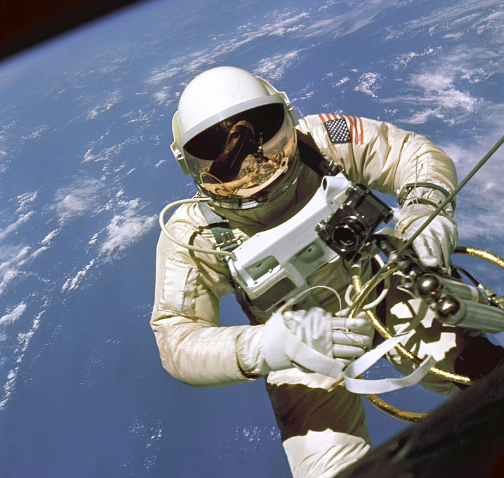
If you’ve been involved in marketing for more than ten minutes, you’ve probably figured out that people buy things based on their emotions.
People don’t line up on the sidewalk all night to buy the latest iPhone for any rational reason.
It’s not like their existing iPhone is about to stop working.
They line up for the new phone not because they need it, but because they want it.
Their purchase decision is driven by emotion.
And it turns out that one of the best and fastest ways to trigger emotions is through stories.
You know this already, of course.
Every time you watch a movie you’re taken on an emotional roller-coaster. Movies are stories, and stories move us.
Stories make us laugh and cry. They make us feel fear and anger. They can make us feel love. And feel inspired.
Movie do this to us, and so do good books.
Even a 3 minute 40 second YouTube video can move us. Profoundly.
Watch this one, from Dove.
The folks at Dove created a story. This is the story of how women feel about themselves when asked to choose between seeing themselves as either beautiful or average.
American Family Insurance moves us with a story of their own, in just 2 minutes and 30 seconds.
These stories change the way we feel about Dove and American Family Insurance.
Stories trigger emotions.
Sometimes those stories are made up – like the father and son story for the insurance company.
Sometimes the story comes from a scenario that is set up with the intent to create a story – as with the Dove video.
And sometimes the story is drawn from real life.
For example, if I offered you a choice between a Rolex watch and an Omega watch, which would you choose?
Both are luxury watches. And they both do a good job of telling the time.
Sure, Rolex may seem like they have the edge when it comes to luxury.
But let me tell you a story…
In 1965, during the Gemini 4 spaceflight, Ed White made the first American spacewalk with an Omega Speedmaster watch strapped to his left wrist.
Omega Speedmaster watches were also worn by Neil Armstrong and Buzz Aldrin during the Apollo 11 flight to the moon.
During the troubled Apollo 13 mission, the Omega Speedmaster was used to time a critical rocket burn when the spacecraft’s computer was down.
Rolex? Sure… if tennis and golf are your thing.
But I think I’ll go for the watch that proved itself in space, on the wrists of astronauts.
Luxury watches are defined by stories.
As are cars, running shoes and just about any other product or service.
So next time you’re scratching your head, wondering what angle to take when writing an ad, email or some other promotion, think about what kind of story you could tell or create.
Remember, stories stimulate emotions.
And emotions drive sales.
NOTE: If you’re serious about increasing your skills as a web content writer, online copywriter or social media writer, find out about my new course… Selling With Stories…
If you found this post helpful, sign up for my e-newsletter and get a free copy of my 35-page guide…
Writing For The Web #1 — 7 Challenges every Writer and Copywriter faces when writing for the Web.
Sign up and I’ll send you the link for the download, and then you’ll receive my most recent post as part of my e-newsletter every Tuesday morning.
(Your email address will be used only for the purpose of sending you this newsletter, and you’ll be free to unsubscribe at any time.)



Hi Nick,
I agree with your general point about stories.
Your example of running shoes got me thinking, though. If you’re a runner, you learn very quickly that stories have little or nothing to do with how well the product performs for you. That’s why serious runners pay more attention to features and to user reviews than to stories.
Functionality is still paramount for many kinds of products.
But then again, there can be stories mainly about functionality, like the 100+ year history of LL Bean’s Maine Hunting Boots or stories of why Arctic expeditions survived wearing North Face parkas. Other branding stories are essentially fluff.
“Know your audience” comes in here, it seems. Know what kind of stories will influence what kinds of customers.
Thanks for getting me thinking about this topic!
Marcia Yudkin
The other issue is authenticity. An authentic story will almost always help. But when some “clever” marketer fabricates or exaggerates a story… not so much.